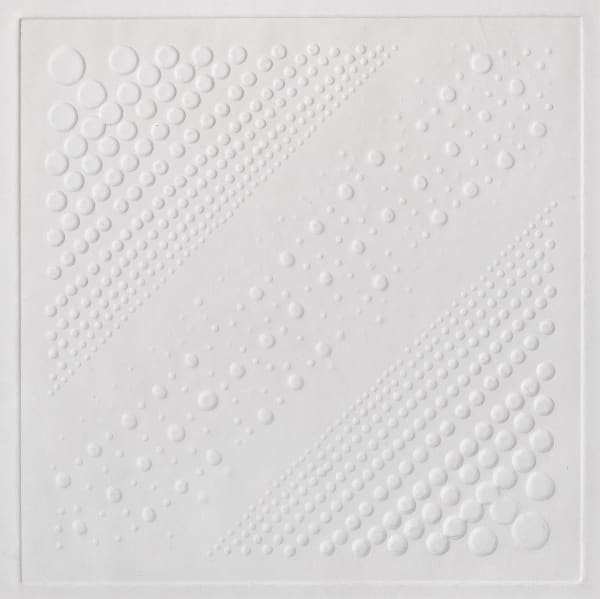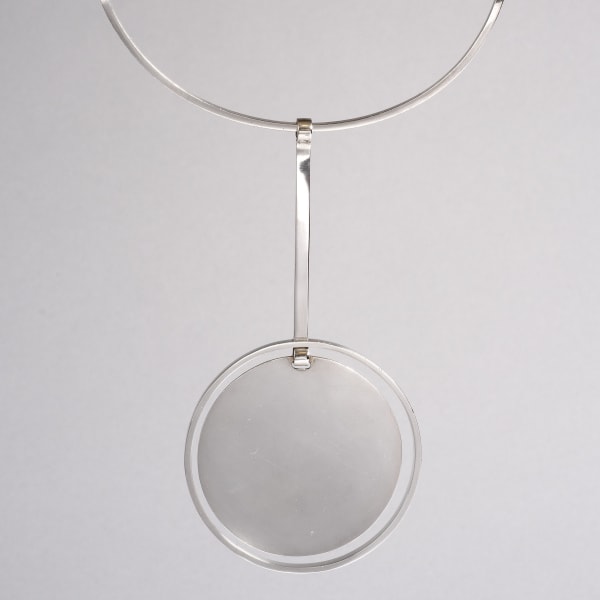-
-

Georges Csato
Georges Csato was born in Budapest in 1910. As a young man he headed to Berlin so that he could pursue his ambition to be an artist. From 1930-1932 he... -

Emma Alcock
Emma Alcock -

Atelier 17
Atelier 17 was an art school and studio founded in 1927 by Stanley William Hayter in Paris. In 1933 Hayter moved the workshop to a new location, 17 rue Campagne-Premier,... -

Works on Paper
-

Danish Jewellery
-

Hans Wegner
-

Sculpture
-

Post War Works
-

Contemporary Art
-








